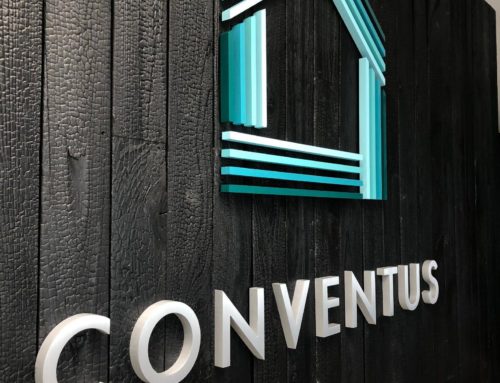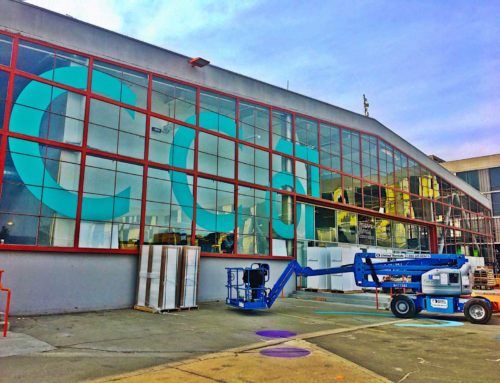 The hanging signs can be a small sign for a big effect.
The hanging signs can be a small sign for a big effect.
In San Francisco there are many neighborhoods like the Marina, the Mission, West Portal, Potrero Hill, China Town, North Beach, Noe Valley, the Castro, just to name a few. Each of these neighborhoods have one or two streets where the small boutique shop reigns and large chain stores are chased away. The boutique clothing store, coffee shop, bakery, bookstore, florist, art gallery, and antique store become little gems of the neighborhood and often times are the types of shops that give San Francisco its unique character.
Boutique shops might not have the mountains of cash that a large chain store might have so these shops will naturally not have the cash to spend on the more expensive types of signs. Signs like halo lit LED channel letters or lightboxes can put a dent in the wallet for the small boutique shop. So what is a small mom and pop shop to do? The sign solution for a boutique neighborhood shop is to several small signs. The idea is to decorate your store front with a couple signs that go well with the architecture of your building for a big effect.
The signs that I like to look at are the hanging signs. These signs are commonly hung perpendicular from the wall with a metal pole or welded iron bracket with a simple wood sign hanging from a chain. The hanging sign can take on many sizes and shapes. They can be hand painted, have vinyl graphics, or even better would be some pin mounted dimensional letters. These sign hang about 10′ off the ground so they can catch the eye of a wandering customer from down the street in either directions. A common size to start your hanging sign at would be 2′ x 2′. But this depends on your artwork and how far you want people to see this sign.
I think the pole that the sign is hanging on is just as important as the sign itself. There are artisen blacksmiths and metal workers that can make some really cool looking metal brackets. I think its worth the extra money to give your boutique shop a really unique feel. But again if your shop is tight in the cash area there are stock scroll brackets for sale out there. You would be limited to the size of your sign by using these cookie cutter scroll brackets, but they get the job done.
If you are doing a hanging sign there are two other signs you must have to complete your sign program. The other signs I would suggest putting outside your boutique store would be the sidewalk sign or a-frame sign and window graphics. For the sidewalk sign it should have a similar look and feel as the hanging sign. The most custom look would be a painted wood a-frame. The most commons sizes would be a 2′ x 3′ or a 2′ x 4′. The graphics can be digital, vinyl or hand painted. You can also add black board to the a-frame so you can write daily messages with chalk on your a-frame that might invite customers to visit your shop.
Window graphics are the last sign you must have on your shop. These type of graphics are going to have your logo, the shop hours of operation, and maybe a list of services. By the time your customers see your window they have seen your logo already once or twice from your hanging sign and a-frame. The list of services helps them decide if this is a store they might want to go in. Maybe you are a shoe store, but people don’t know from looking through your window that you also repair shoes. You might want to put shoe repair on the window so people know you do this. If they don’t know they won’t go in.
Every store is different so even though these signs are common there are a lots of ways to make these signs. Because of all these options at Martin Sign Company we offer free consultations to help you come up with the best solution with the best look for the budget you have. We can visit your shop location, take measurements, show you material samples, match colors, and even do digital mock ups of what your signs will look like.
To get your free consultation please tell us about your project by using our contact page.






